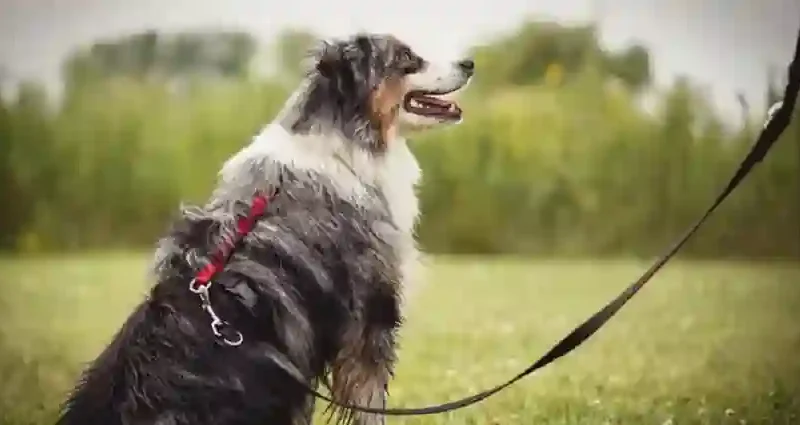In Kentaro Miura’s dark fantasy manga masterpiece, “Berserk,” readers are introduced to a protagonist who undergoes one of the most profound character transformations in the history of the medium. Guts, the series’ central figure, evolves from the relentless Black Swordsman into a tormented and powerful warrior consumed by the “Beast of Darkness.” This evolution is not only a narrative arc but also a reflection of the manga’s overarching themes. In this article, we will explore the transformation of Guts from the Black Swordsman to the Beast of Darkness and the significance of this evolution in the context of “Berserk.”
The Black Swordsman: A Vengeful Anti-Hero
When readers first encounter Guts in the early chapters of “Berserk,” he is the embodiment of vengeance and rage. As the Black Swordsman, he travels the dark and treacherous world, hunting down apostles and supernatural beings while wielding his massive weapon, the Dragon Slayer. Guts is a solitary figure, driven solely by his thirst for revenge against Griffith, the former leader of the Band of the Hawk.
Guts’ persona as the Black Swordsman represents the epitome of an anti-hero. He is brutal, unforgiving, and relentless in his pursuit of vengeance. His journey is fueled by a deep sense of betrayal and trauma, which manifests in his single-minded determination to destroy those responsible for his suffering.
The Black Swordsman arc of “Berserk” serves as a stark introduction to the brutal and unforgiving world in which Guts resides. It sets the tone for the series and establishes Guts as a character who is defined by his traumatic past and his unrelenting quest for retribution.
The Band of the Hawk: A Glimpse of Humanity
As the manga progresses, Guts’ path intersects with the Band of the Hawk, a mercenary group led by Griffith. His interactions with the members of the Band of the Hawk, particularly Casca, begin to thaw his icy exterior and reveal glimpses of his humanity.
The Band of the Hawk arc introduces readers to a more nuanced side of Guts. While still driven by his desire for revenge, he forms genuine connections with the members of the group. His camaraderie with Casca evolves into a deep and complex relationship, offering moments of tenderness and vulnerability amidst the violence and chaos of their world.
The interactions with the Band of the Hawk highlight the internal conflict within Guts. He grapples with the desire to maintain his solitary path of vengeance while also yearning for the connections and sense of belonging that the group offers. This internal struggle becomes a central theme in Guts’ character development.
The Eclipse: A Pivotal Moment
The Eclipse, a harrowing and pivotal event in “Berserk,” forever alters Guts’ trajectory. It is during this cataclysmic event that Griffith, now a member of the God Hand, sacrifices the members of the Band of the Hawk to attain god-like powers. Guts and Casca are the sole survivors, but they are left traumatized and scarred by the horrors they witness.
The Eclipse serves as a turning point for Guts, pushing him to the brink of despair. He is physically maimed, and Casca, the person he cares for deeply, is left in a fragile and traumatized state. Guts’ initial reaction to the Eclipse is a deepening of his thirst for vengeance, but it also triggers the emergence of the “Beast of Darkness” within him.
The Beast of Darkness: A Dark Persona
The “Beast of Darkness” is a metaphorical and symbolic representation of Guts’ inner demons, born from his traumatic past and overwhelming desire for revenge. It is a shadowy and bestial persona that emerges during moments of extreme stress, danger, or traumatic memories. The Beast urges Guts to forsake his humanity and embrace his violent desires without restraint.
Guts’ transformation into the Beast of Darkness is a gradual and painful process. It reflects the toll that his relentless pursuit of vengeance has taken on his psyche. As the Beast gains influence over him, Guts becomes a more brutal and merciless warrior, often bordering on the edge of losing his humanity.
The Beast of Darkness serves as a constant source of internal conflict for Guts. It represents the darker aspects of his personality and the moral dilemmas he faces in his quest for revenge. The presence of the Beast raises profound questions about the nature of heroism and the consequences of unrestrained violence.
The Struggle Within
Guts’ internal struggle with the Beast of Darkness is a central theme in “Berserk.” It represents the conflict between his desire for revenge and his longing for connection and redemption. Guts grapples with questions of identity, morality, and the blurred lines between heroism and anti-heroism.
Throughout the series, Guts’ actions become increasingly morally ambiguous. He is willing to commit acts of extreme violence and brutality in pursuit of his vendetta, challenging conventional notions of heroism. The Beast of Darkness amplifies these tendencies, pushing Guts closer to the brink of becoming the very monster he despises.
The Healing Power of Bonds
While the Beast of Darkness threatens to consume Guts, his relationships with his companions offer a glimmer of hope and redemption. Casca, in particular, serves as a symbol of healing and humanity for Guts. His unwavering commitment to protect and care for her provides a counterbalance to the darkness that haunts him.
The healing power of bonds and connections is a recurring theme in “Berserk.” It highlights the idea that redemption and transformation are possible even in the face of profound trauma and darkness. Guts’ struggle to maintain his humanity and protect those he cares for represents a constant battle against the Beast of Darkness.
Conclusion
Guts’ evolution from the Black Swordsman to the Beast of Darkness is a journey marked by trauma, vengeance, and internal conflict. Kentaro Miura’s masterful storytelling in “Berserk” explores the complexities of human nature and the consequences of relentless pursuit. Guts’ transformation serves as a reflection of the manga’s overarching themes, highlighting the fine line between heroism and anti-heroism, the enduring power of human connections, and the eternal struggle for redemption amidst the darkest of circumstances.
As “Berserk” continues to captivate and challenge readers, Guts’ evolution remains a central and enduring theme. It invites readers to contemplate the complexities of the human condition and the capacity for both light and darkness within us all.











